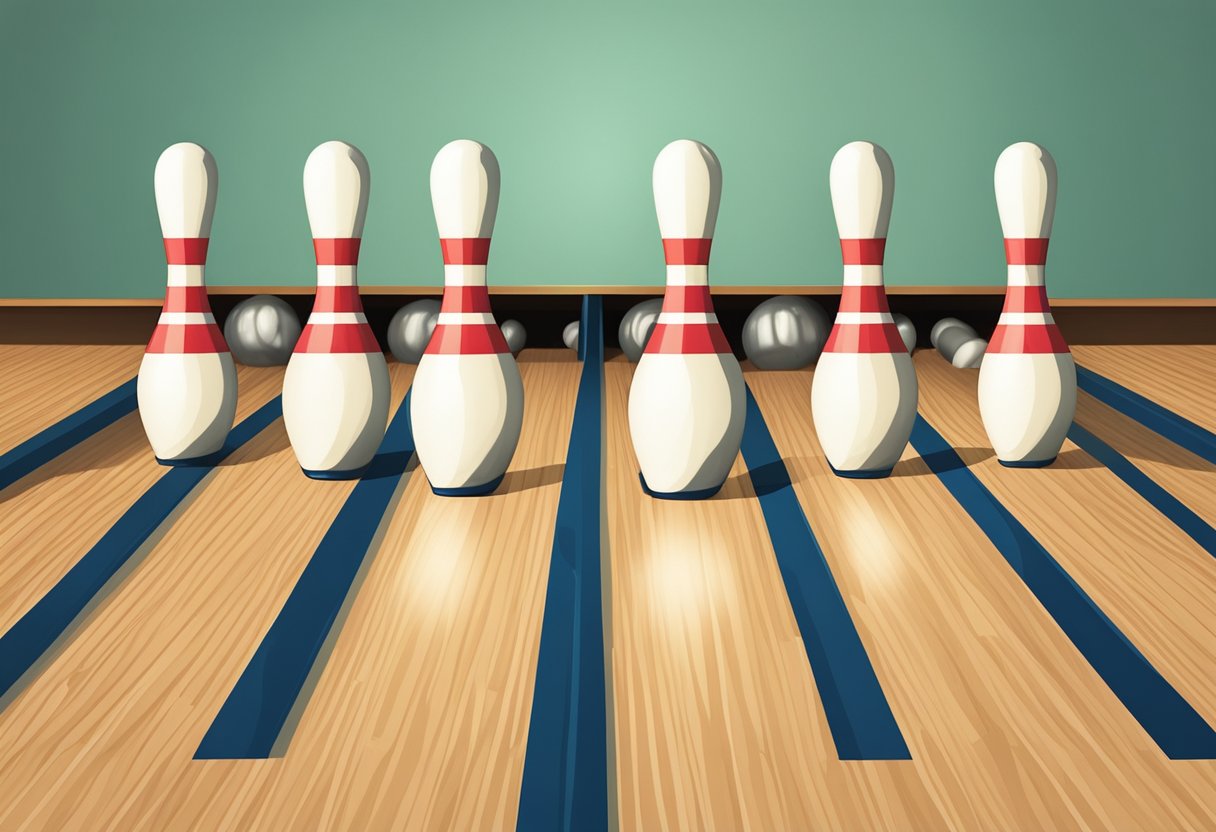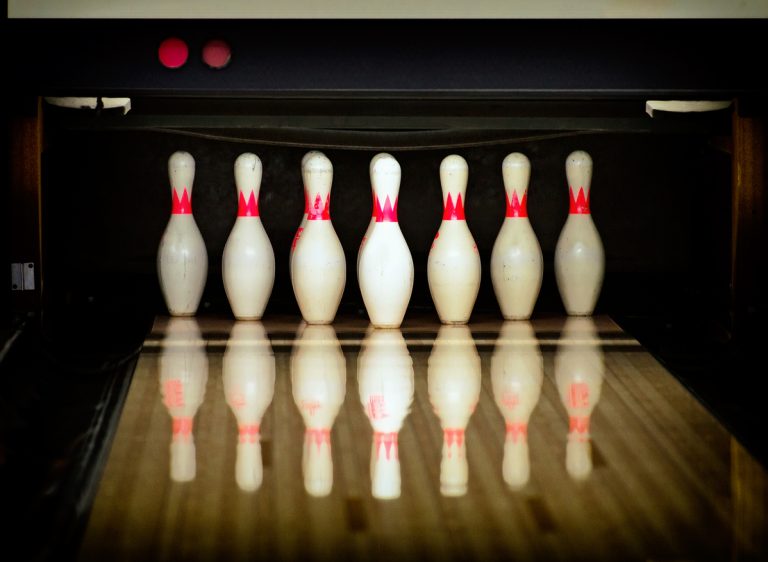What are the 5 Types of Bowling: A Comprehensive Guide
Bowling is a fun and exciting sport that has been around for centuries. It is enjoyed by people of all ages and skill levels. Whether you are a seasoned player or a beginner, it is important to know the different types of bowling that exist. This knowledge will help you better understand the sport and improve your game.
There are five universally accepted types of bowling games: nine-pin bowling, ten-pin bowling, five-pin bowling, duckpin bowling, and candlepin bowling. Each type of bowling has its own unique set of rules, lane size, number of pins, and shape of the pins. In addition, some types of bowling use different-sized balls to affect the difficulty of hitting a perfect strike. Understanding these differences is key to becoming a well-rounded player.
In this article, we will break down the different types of bowling so you know all there is to know about them. We will discuss the rules, scoring, and techniques associated with each type of bowling. Whether you are a seasoned pro or a beginner, this article will provide you with the knowledge you need to improve your game and enjoy the sport of bowling to the fullest.

Types of Bowling
Bowling is a popular sport worldwide, with different variations played in different regions. Here are the five main types of bowling:
Ten-Pin Bowling
Ten-pin bowling is the most popular type of bowling in the United States, Canada, and Europe. It involves rolling a heavy bowling ball down a lane towards ten pins arranged in a triangle shape at the end. The objective is to knock down as many pins as possible in each frame, with a maximum of ten frames per game. A strike is achieved when all ten pins are knocked down on the first roll, while a spare is achieved when all ten pins are knocked down on the second roll.
Nine-Pin Bowling
Nine-pin bowling is a popular variation of bowling in Germany, Austria, and other parts of Europe. It involves using a smaller ball and knocking down nine pins arranged in a diamond shape. The scoring system is different from ten-pin bowling, with a maximum of nine frames per game. A strike is achieved when all nine pins are knocked down on the first roll, while a spare is achieved when all nine pins are knocked down on the second roll.
Five-Pin Bowling
Five-pin bowling is a variation of bowling played primarily in Canada. It involves using a smaller ball and knocking down five pins arranged in a V shape. The pins are smaller and lighter than those used in ten-pin bowling, and there is a red pin worth bonus points if knocked down. The scoring system is different from ten-pin bowling, with a maximum of ten frames per game.
Duckpin Bowling
Duckpin bowling is a variation of bowling played primarily in the United States, particularly in New England. It involves using smaller balls and knocking down shorter, squatter pins. The pins are arranged in a diamond shape, and there are three rolls per frame instead of two. The balls have no finger holes, and the pins are made of wood.
Candlepin Bowling
Candlepin bowling is another variation of bowling played primarily in New England and parts of Canada. It involves using a smaller ball and knocking down tall, thin pins resembling candles. The balls have no finger holes, and the pins are smaller and lighter than those used in ten-pin bowling. The scoring system is different from ten-pin bowling, with a maximum of ten frames per game.
Overall, each type of bowling has its own unique rules and scoring system, making it an exciting and challenging sport for players of all skill levels.
Bowling Techniques and Styles
When it comes to bowling, there are several techniques and styles that you can use to improve your game. In this section, we will explore some of the most common techniques and styles used in bowling.
Conventional Styles
Conventional bowling styles are the most common and traditional styles used in the sport. These styles involve using a straight arm swing and a conventional grip on the ball. Conventional styles are great for beginners and are easy to learn.
One of the most important aspects of conventional bowling is accuracy. You need to be accurate in your delivery to ensure that the ball hits the pins in the right spot. To achieve accuracy, you should focus on your grip, release point, and hold techniques.
Advanced Techniques
Advanced bowling techniques are used by professional bowlers and those who want to take their game to the next level. These techniques involve using a variety of grips, release points, and spin techniques to achieve different ball motions and angles.
One of the most popular advanced techniques is hook bowling. This involves using a hook grip on the ball and releasing it with a spin to create a hook motion. Hook bowling can be challenging, but it can also be very effective when used correctly.
Other advanced techniques include backup bowling, stroker, cranker, power stroker, spinner, and tweener. Each of these techniques has its own unique challenges and benefits, and it’s up to you to find the one that works best for your game.
In addition to using advanced techniques, it’s also important to consider the weight and material of your ball. The weight of your ball should be comfortable for you to handle, and the material should be durable and long-lasting.
Finally, it’s important to have a solid strategy when bowling. This includes considering the lane conditions, the challenge you are facing, and your overall game plan. By using a combination of techniques, accuracy, and strategy, you can improve your bowling game and achieve great results.
Historical and Cultural Significance
Bowling has been around for centuries and has evolved into different types of games. Ancient Egyptians are believed to have created the game of bowling around 5000 BC. They used stones to roll at various objects with the goal of knocking them over. Over time, various varieties of bowling emerged from the Ancient Egyptian game.
Bowling became more popular in Europe during the Middle Ages. It was played on grass, and the pins were called skittles. The game evolved into different forms, including boules, bocce, and bocce ball. The game of bowling was also played in a diamond shape with the pins arranged in a V formation.
In the 17th century, bowling was introduced to the United States by Dutch settlers. Ninepin bowling became popular and was associated with gambling, which led to its outlawing in several states. The game evolved into tenpin bowling, which is the most popular form of bowling in the United States today.
Bowling alleys became popular in the 20th century, and the game of bowling became more accessible to the general public. Open bowling, which allows anyone to play, became popular among children and families.
Bowling has also produced many notable players, including Justin White, Pete Weber, and Norm Duke. These players have made significant contributions to the sport and have helped to increase its popularity.
Overall, bowling has a rich historical and cultural significance. It has evolved over time and has become a popular game played by people of all ages and backgrounds. Whether you are playing in a bowling alley or on a grass lawn, bowling is a fun and engaging game that continues to bring people together.



